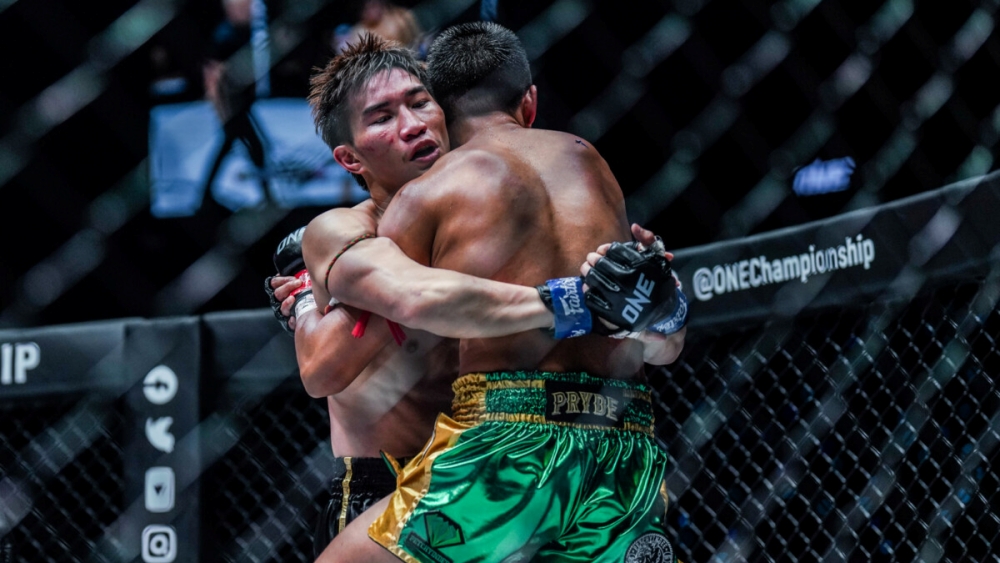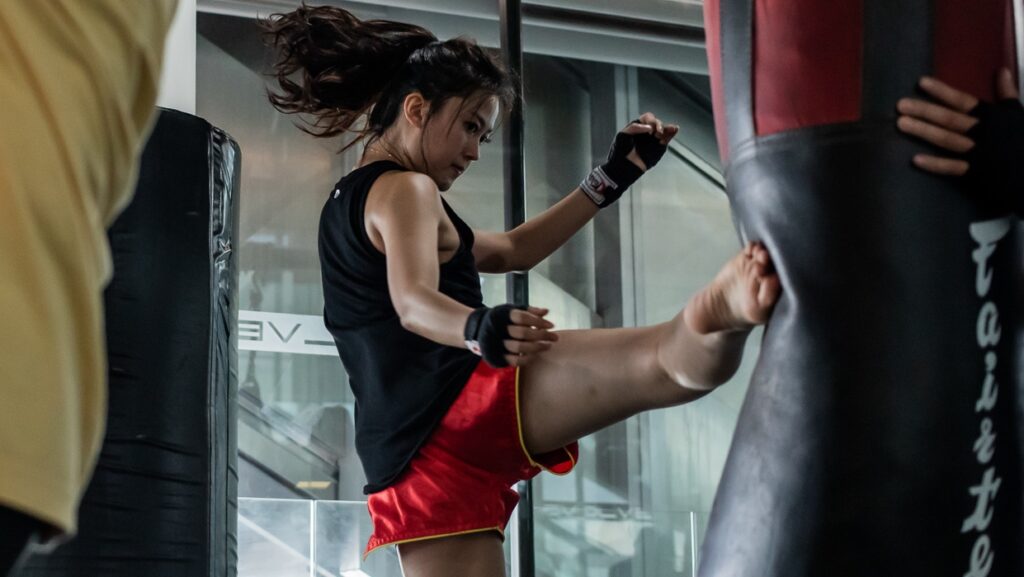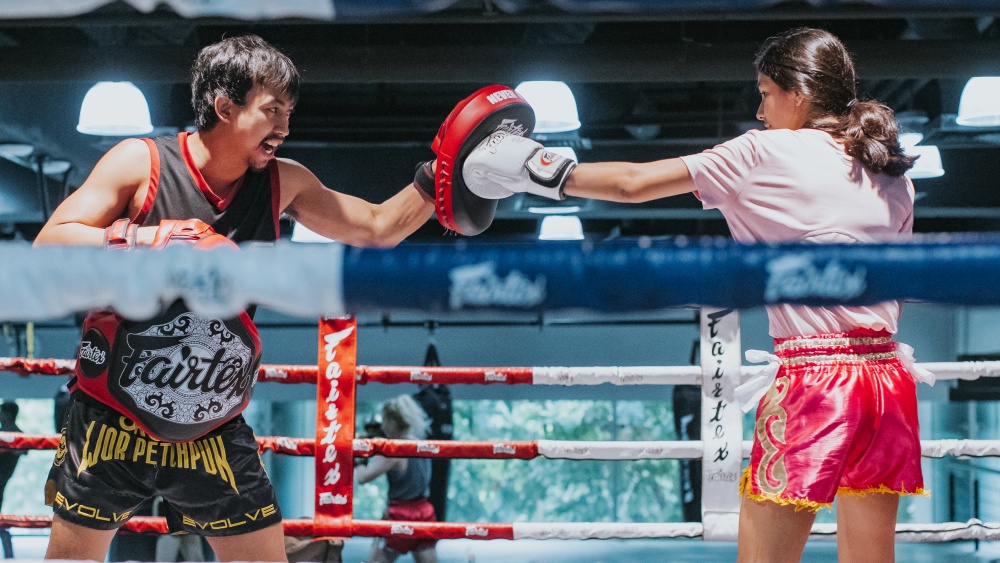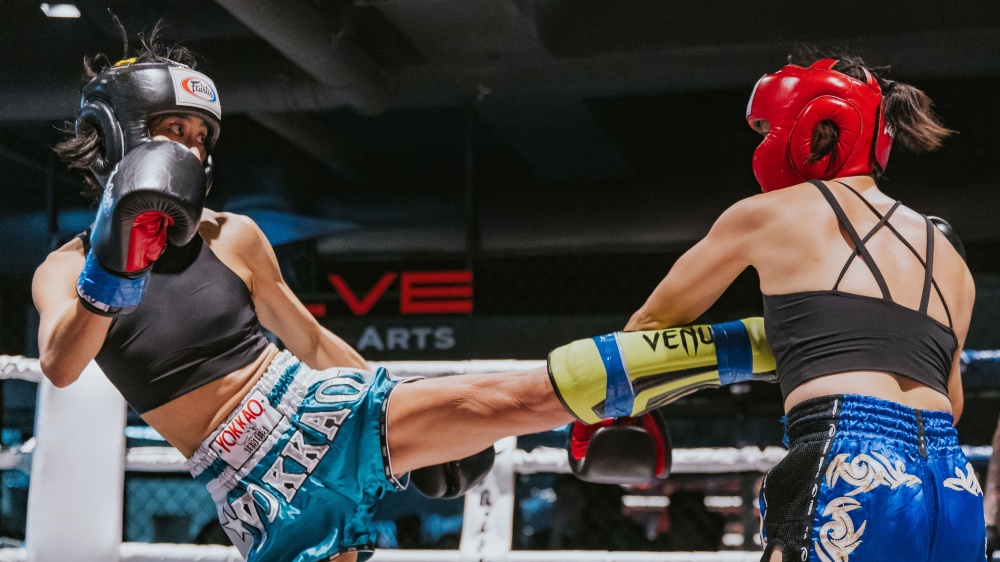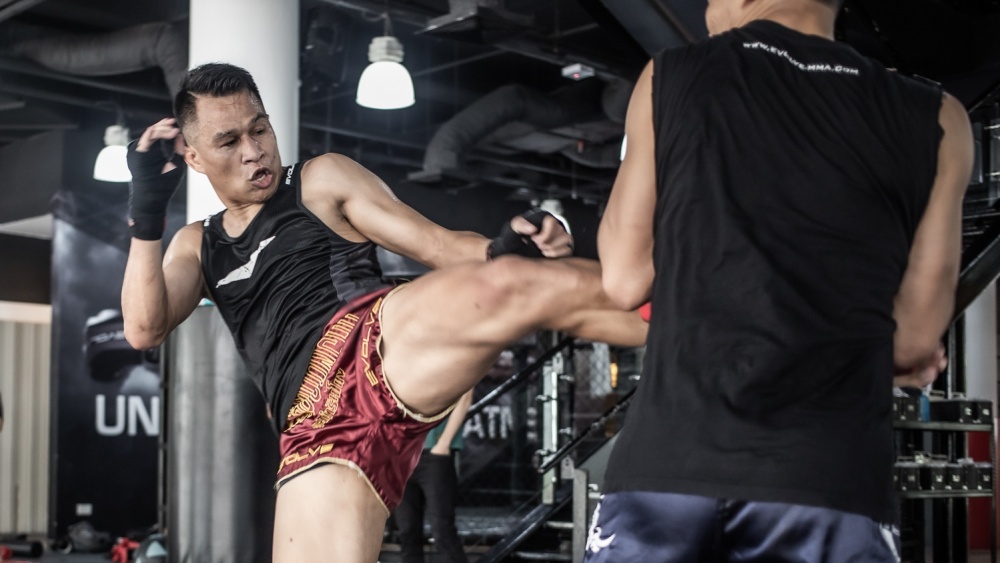In the world of Muay Thai, counter fighters are revered for their exceptional defensive prowess and impeccable timing. Some of these skilled practitioners possess the ability to exploit their opponent’s mistakes and capitalize on openings with devastating precision.
What sets a counter fighter apart is their acute sense of timing and defensive mastery. They patiently wait for their opponents to overextend or expose vulnerabilities, launching lightning-fast counter-attacks that leave their opponents questioning their next move.
Countering is not just a flashy display of skill; it is a strategic approach that disrupts opponents’ rhythm, conserves energy, and inflicts significant damage. In the realm of Muay Thai, mastering the art of counter-attacking can be a game-changer, providing fighters with a crucial edge in the ring.
Understanding Openings And Mistakes
Recognizing and capitalizing on openings and mistakes is the key to effective counter-attacking. An opening refers to a temporary vulnerability in an opponent’s defense or positioning that can be exploited to land a successful counter-attack. On the other hand, mistakes are errors made by opponents that leave them exposed or off-balance, providing an opportunity to launch a decisive counter-strike.
To effectively exploit openings, a counter fighter must possess a keen eye for spotting weaknesses in their opponent’s defense. This can include identifying a weak guard position, predictable patterns or techniques, or a lack of footwork and movement.
Capitalizing on mistakes is equally important. Opponents may overcommit to strikes, telegraph their movements, or leave themselves open through improper stances.
Recognizing openings and mistakes requires a high level of observation, analysis, and fight intelligence. Counter fighters constantly study their opponents, understanding their tendencies and weaknesses. They remain composed and focused during a fight, ready to adjust their strategies to exploit opportunities.
Exploiting Openings
When identifying vulnerabilities in an opponent’s defense, what openings should you look for?
- Weak Guard Positions
- Predictable Patterns Or Techniques
- Lack Of Footwork Or Movement
Weak Guard Positions
Recognizing weak guard positions is crucial for a counter fighter. This involves observing how an opponent holds their hands and arms during both offensive and defensive moments. If they drop their front hand after a jab, or if they return from a punch with their ribs exposed, you can use these weak defensive guard positions to your benefit.
Dropping their guard exposes them to counter moves to the body, up and over the top or straight up the middle. Take advantage of these weak guard positions.
Predictable Patterns Or Techniques
Every fighter has tendencies and patterns in their techniques. Counter fighters study their opponents closely to identify these predictable patterns. It could be a certain combination they frequently throw or a particular technique they favor.
By anticipating these patterns, you can position yourself strategically and time your counter-attacks effectively. Make it your aim to disrupt your opponent’s rhythm and catch them off guard by countering their anticipated moves.
Footwork and movement are essential components of effective defense in Muay Thai. Observing an opponent’s footwork can reveal vulnerabilities to exploit. A lack of proper footwork, such as standing flat-footed or being slow to move laterally, can create opportunities for you to counter. You can capitalize on the opponent’s immobility by swiftly stepping in with counter-attacks or using angles to attack from unexpected directions.
Anticipating And Capitalizing On Mistakes
A good counterattack begins the second you begin noticing your opponent’s mistakes. Mistakes such as:
- Overcommitting To Strikes
- Telegraphing Their Movements
- Leaving Openings Through Improper Stance
Detecting and capitalizing on an opponent’s mistakes is a fundamental aspect of counter-fighting. Counter fighters excel at seizing opportunities created by their opponents’ errors. Two common mistakes that you can exploit are overcommitting to strikes and telegraphing movements.
When opponents overextend themselves, this is a great opportunity to swiftly evade or block the strike and launch a devastating counter-attack. Additionally, by recognizing telegraphed movements, you already know where they are going and you can preemptively react.
Intercepting the anticipated strike and gaining an advantage. These calculated responses to your opponents’ mistakes allow you to rack up the points and potentially end the fight with a KO.
Overcommitting To Strikes
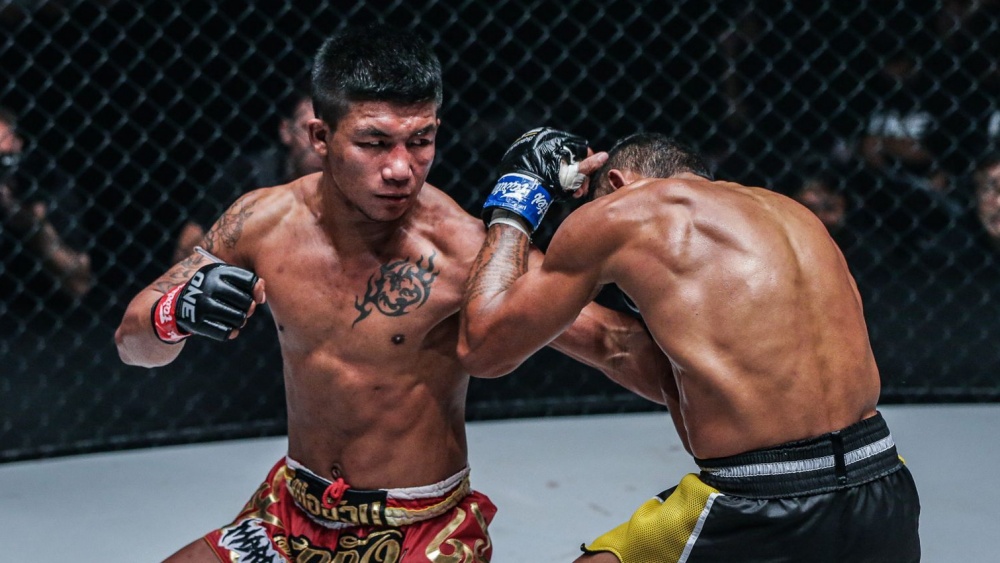
As a counter fighter, you keenly observe your opponent’s tendencies to become overeager and throw strikes with excessive force or without proper control. You use this to your advantage, exploiting these moments to your benefit. By swiftly evading or blocking the strikes, you create openings for immediate, well-timed, and powerful counter-attacks.
Telegraphing Movements
If your opponent is telegraphing their movements this is another prime opportunity and you should capitalize on this. These telegraph movements can come in the form of an overused combination, or a foot or hand movement. It can be as subtle as them raising their eyebrows, but once you pick it up they more than likely won’t know they are doing it and you can use it to your advantage.
Leaving Openings Through Improper Stance
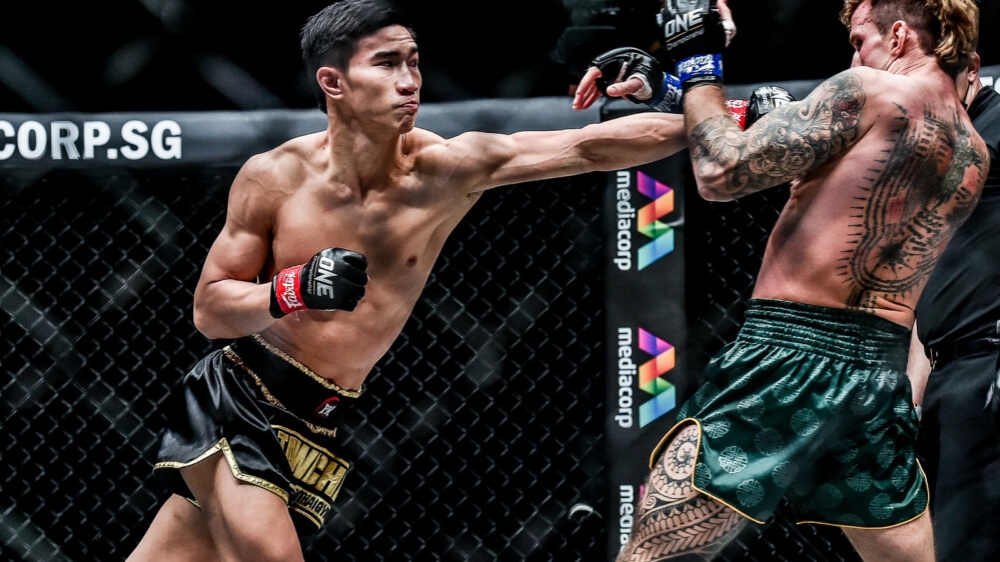
If your opponent is leaving themselves open after throwing a kick or punch and they are leaving their ribs exposed, take the opportunity to thank them with a hook to the body. Improper stances after a kick or a punch can be prime time for counter attacking.
If they are dropping their guard they are giving you an open invitation, take those indiscretions and make the most of them.
The best possible outcome of a counterattack begins with a good defense. From a defensive move to a counter move requires several components all coming together to seamlessly achieve the best possible outcome of a counterattack.
Conclusion
Building a solid foundation of defensive moves is the basis for all of the counter moves you will ever make. Anticipation, timing, positioning, and technique intertwine to create a seamless flow from defense to offense. It is through the synthesizing of these components that a counter fighter can effectively neutralize their opponent’s attacks, exploit the opening and capitalize on their mistakes.
You may also like:
